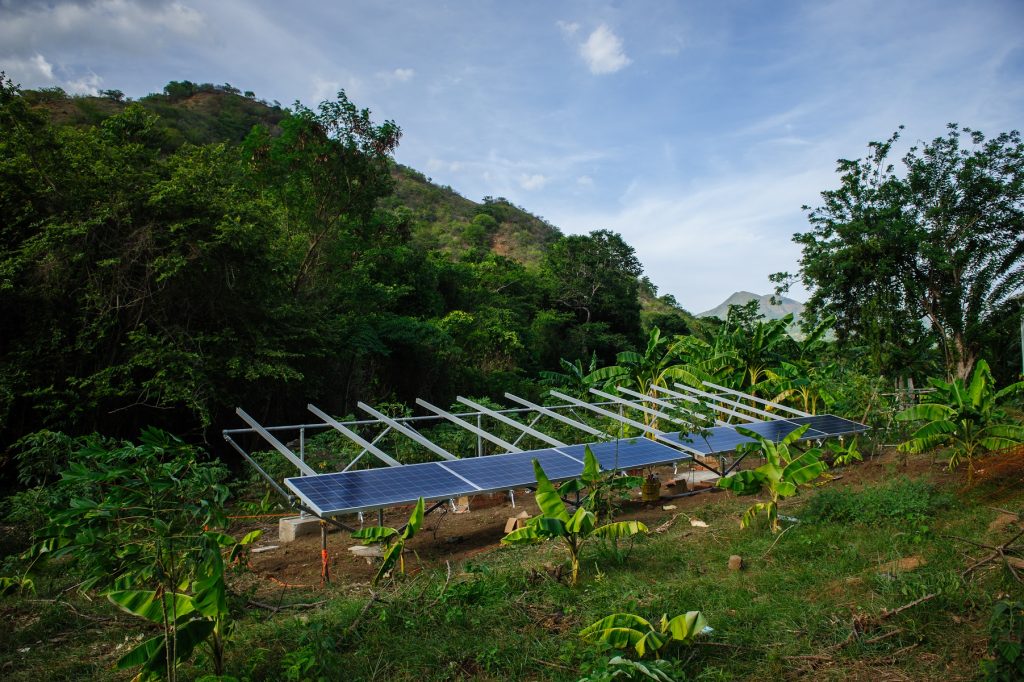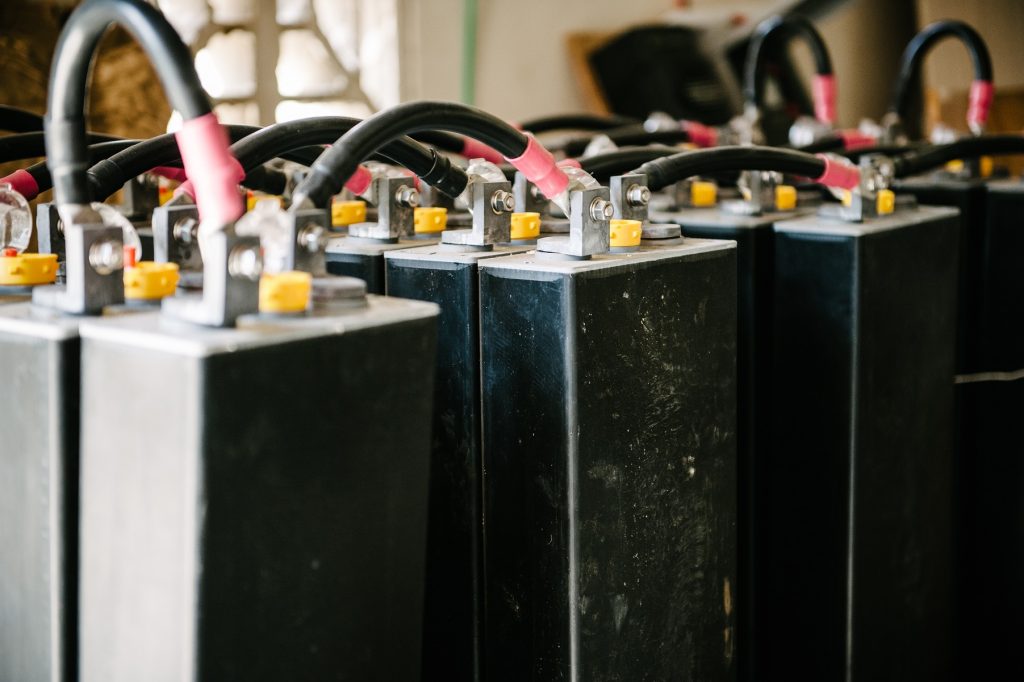How Does Solar Power Work?
Solar energy is divided into two categories: solar thermal and solar electric.
Solar Thermal
Solar thermal converts sunlight into heat energy. The most commonly seen application of heat energy is the use of solar water heaters for domestic or commercial purposes. This is a relatively simple and inexpensive technology that quickly pays for itself. In many cases, there are federal and state tax credits available to help pay for the water heaters. There are also very large solar thermal plants that use acres of reflectors to concentrate solar energy on a small area to create steam which in turn is used to generate electricity.
Solar Electric
With solar electric technology, commonly known as photovoltaic, or “PV,” sunlight is converted to electricity by solar cells. Put simply, the most common kind of solar cell has a base layer of silicon that is “doped” with various minerals to give it a particular molecular structure and electrical charge. When photons from the sun strike these molecules, electrons are free to travel through an electrical circuit, thus forming electricity.

PV is an extremely modular technology. The cell is the smallest unit and is generally only a few inches in length and width. Cells are then combined in various numbers and configurations (series and parallel connections) to create PV modules of different wattage and voltage, depending on what is needed. Many people refer to these as solar panels, but in the industry, they are known as modules. In all but the smallest of PV systems—which could be a single module—multiple PV modules are then joined together to form a solar array—the large groups of modules you see on the roofs of houses or in large commercial arrays. The beauty of this modularity is that this same “building block” module can be used as a single module home lighting system in developing countries or in a multi-megawatt solar power plant.
In a PV system, the modules are the generators and they produce direct current (DC) electricity. DC is the same type as that stored in car batteries. DC from PV is almost always stored in batteries for use at night or during cloudy periods. A system can be all-DC if only DC appliances are used and this can often be the least expensive type of system. DC lights, refrigerators and other small appliances are available. However, for all but the smallest systems, DC power is converted (through inverters) to alternating current, or AC. AC is the same type used in houses. Not only are there more appliances available for AC, there are technical benefits as well. It is much easier and less costly to transmit large amounts of energy over longer distances with AC power.
Most of the systems that SELF has deployed in developing countries are “stand-alone” in that they are completely self-contained systems. In most developed countries, and now in some developing countries, systems are being installed without batteries and connected to a power grid. These systems save the cost of the battery and, in effect, the grid becomes the battery for solar energy storage. The disadvantage of not having a battery is that if the grid is not working, the PV system doesn’t produce any power.
PV modules have been in use since the 1960s when some of the first were developed for the space program. Many of those first PV cells lasted in space for decades. Modern PV modules are long lasting and frequently come with performance warranties of 20-25 years.

As PV technology has become more modernized and widely available, the cost has dropped significantly. Since 1980, the cost per watt has dropped by 99%. From 2010 to 2018, the cost of PV at the commercial scale has dropped by 66%. Since SELF’s inception in 1990, PV has always been cost effective for small applications when comparing PV life-cycle costing to diesel generators. Just as important, PV has been easier to maintain than diesel. However, large-scale projects such as PV power plants and micro-grids have not always been more affordable than fossil fuel generators. That situation is reversing itself. Thus, PV is becoming very attractive in many developing countries that do not already have generator-based power grids that serve the entire country. Solar electricity has never been a better solution than it is today. This clean and sustainable power option will only continue to become more attractive as its costs drop and efficiency increases.
More technical and detailed descriptions of PV cells can be found on the web. One provided by NASA is at here.

SELF is a global leader in the fight against energy poverty. Since 1990, we’ve pioneered unique applications for solar energy, powering progress on food security, health care, education, gender equity, and more.
501(c)(3) non-profit organization
EIN: 52-1701564